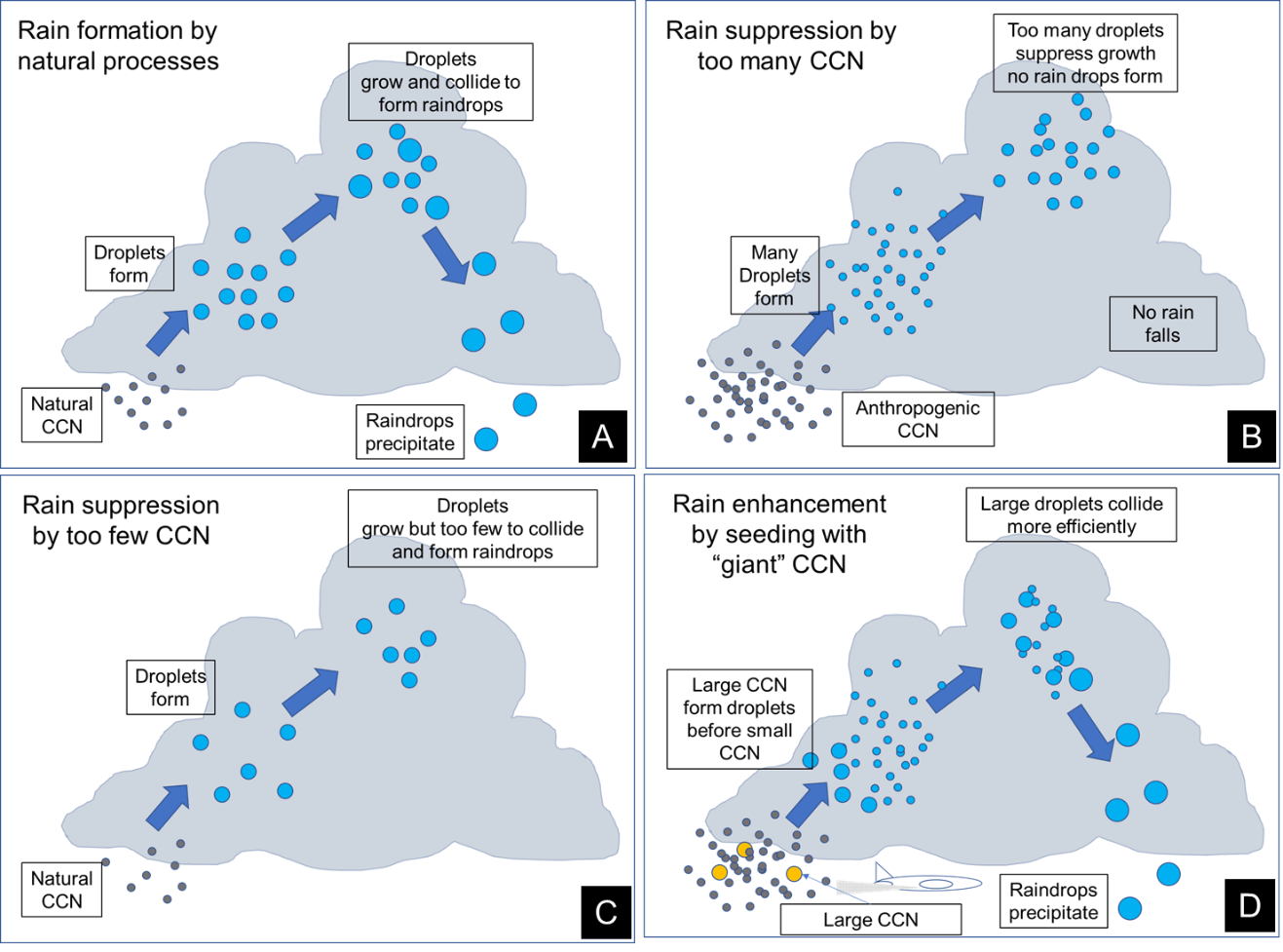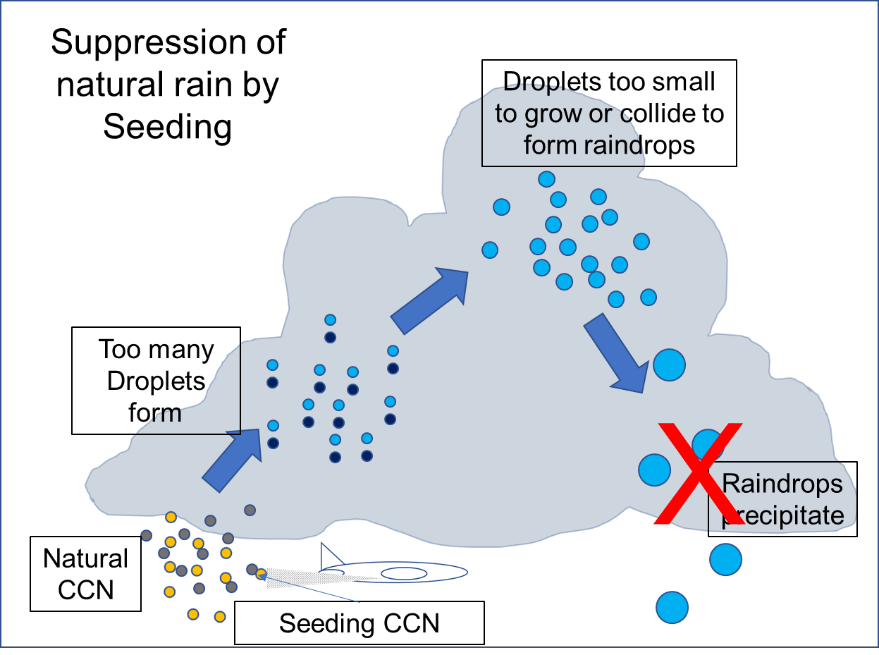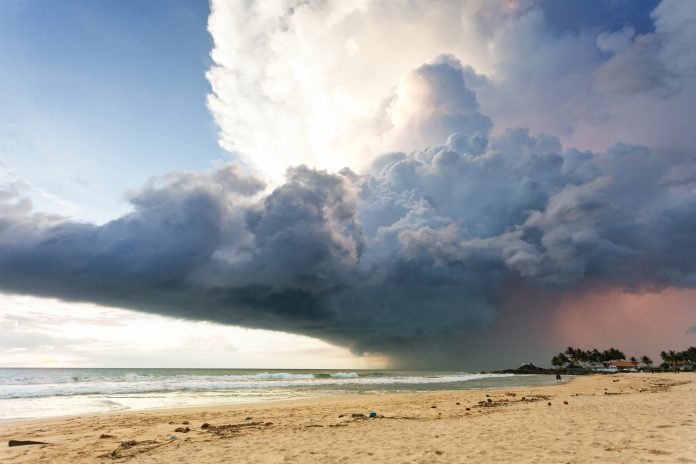Darrel Baumgardner, Chief Scientist from Droplet Measurement Technologies, LLC, considers if cloud seeding can partially mitigate the environmental impact of climate change – the challenges and pitfalls are explored here
In parts 1 and 2 of this four-part series, we explained how clouds form and evolve, the theory of cloud seeding and how operational seeding is implemented. Here, we discuss how cloud seeding success is evaluated, the primary factors that limit successful seeding and at least one potential pitfall that should be avoided. Given that cloud seeding is one potential approach for countering adverse weather linked to climate change, balancing its pros and cons is essential before investing valuable resources.
Evaluating seeding success
Carefully controlled laboratory studies have confirmed the validity of theories on how cloud droplets and ice form and grow and how seeding will alter cloud processes. To date, however, there have not been similar studies in natural clouds whereby the introduction of seeding material can be unequivocally linked to the formation or suppression of cloud particles, where the seeding operation intends to enhance precipitation or diminish hail, respectively. To obtain such evidence, one would need to measure cloud microphysical properties, i.e., size distributions and liquid water content at the exact location where the material is to be dispersed, just before seeding, and then continue measurements of these same properties while following the seeded air parcel as the cloud evolves.
Given the difficulty of conducting such studies, the alternative is to statistically test the seeding success by using measurable parameters such as rain rate, snow depth, river flow or radar reflectivity as metrics. This approach tests if the metric is statistically greater than or less than what would have been predicted based on a cloud model or in comparison with the climatological values of the metric with no seeding. There have been a very limited number of weather modification studies resulting in outcomes that could be considered successful when tested with these types of statistics.
Many factors conspire to limit the success of cloud seeding but the three most obvious are Scale, Location and Time.
Scale
The scale factor when seeding clouds concerns the volume of the system that is being seeded compared to the volume of seeding material being dispersed. Cloud systems range in width from several hundred metres to tens of kilometres and depths from 500 to 5000 m. These dimensions represent cloud volumes 125 million to 500 billion cubic metres. Compare these dimensions, for example, with those of the seeding material being dispersed by an aircraft along a thin line near a cloud base.


If the aircraft manages to seed over a distance of 10 kilometres, the seeding material, at best, will fill a volume along that line of about 10,000 cubic metres, i.e., c.a. 0.000001% of even the smallest of cloud volumes. The theoretical argument is that seeding produces a catalytic effect that propagates and increases the impact by several orders of magnitude. The ship tracks that were shown in part 1 of this series, do in fact demonstrate such a process by which emissions from ship exhausts seed the cloud layers, leading to high concentrations of cloud droplets that grow and disperse, reflecting the sunlight over much larger areas than the original plume. However, the open question is:
Are such catalytic processes sufficient to “jump-start” and accelerate cloud processes beyond their natural rate?
Location and Time
In part 2, we illustrated how cloud droplets and ice crystals form, grow and precipitate through complex processes in which an air mass is cooled until its relative humidity (RH) reaches and exceeds 100%. Some fraction of the ambient aerosol provides surfaces upon which liquid water condenses or crystalline ice forms when RH>100%. The objective of cloud seeding is to change the rate or magnitude of these processes, which theory predicts will happen if “seeds” of the right material are introduced at the right location at the right time.
Figure 1a-c shows how precipitation forms naturally (Fig. 1a), is suppressed under conditions of too many cloud condensation nuclei (CCN) under polluted conditions (Fig. 2a) or when there are too few CCN (Fig. 1c). Figure 1d illustrates how the adverse conditions shown in Fig. 1b can be countered with successful seeding with “giant” CCN.
The location and time factors enter the equation when clouds are forming under conditions of too many (Fig. 1b) or too few (Fig. 1c) CCN. Where do you release the seeding material: just below cloud base, just above cloud base, just below cloud tops? The choice determines if the material is successfully entrained into the cloud or is dispersed before it can activate as cloud particles. Likewise, when do you release the material: prior to the formation of any visible cloud, immediately after a visual cloud is formed or after a cloud has grown to a substantial depth? If the seed is released too soon, there is not enough updraft to lift it, too late and the new CCN will be competing with already activated cloud particles that are removing the water vapour needed to activate the new CCN. Clearly, there is an element of chance involved in these types of operations.
The “elephant in the room” is the dilemma of having an adverse effect due to the seeding. Figure 2 illustrates what can happen if a cloud that might have developed precipitation naturally, as shown in Fig. 1a, is seeded with an overabundance of new CCN that leads to too many droplets being activated and insufficient water vapour to grow them to sizes large enough to grow, collide and for water drops. This is very much akin to what happens with how anthropogenic pollution suppresses precipitation (Fig. 1b).
In the final installment of this four-part series, we will present several examples of successful cloud seeding operations and discuss the future of cloud seeding as the means to mitigate climate change.
Please note: This is a commercial profile
© 2019. This work is licensed under CC-BY-NC-ND.











